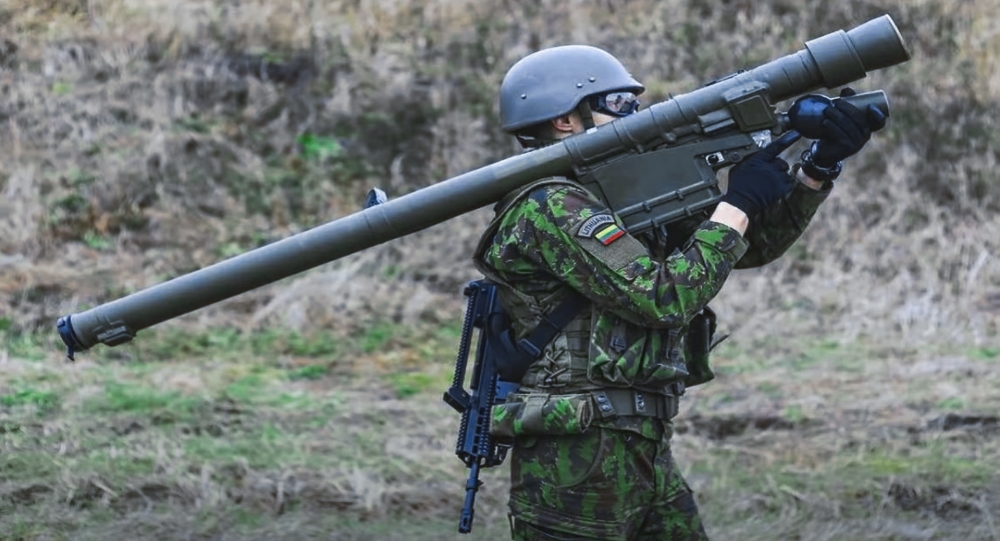Six hundred anti-aircraft defense Piorun “thunderbolt” missiles will be produced this year and as many as 1,000 are on order in 2023, Polish arms manufacturer MESKO SA has announced.
Piorun anti-aircraft systems recently gained fame due to their appearance in the Ukraine war. Videos of Ukrainian troops downing a Russian Ka-52 helicopter using this system can easily be found on social media, and it is known that they were given to Ukraine from the Polish Armed Forces’ stockpile.
Piorun systems are an anti-aircraft missile that can ground enemy air vehicles at a distance of up to 6 kilometers and up to 3-4 kilometers above ground.
In a massive simplification, the weapon consists of a tube, with the starter system placed above the arm and the warhead fired from it. The war in Ukraine displayed how effective the systems are, and successes in eliminating Russian targets are serving as an advertisement to other nations looking to strengthen their air defenses.
“In 2023, we will produce at least a thousand warheads,” announced Sebastian Chwałek, CEO of the Polish Armaments Group MESKO SA. “Currently, we are receiving inquiries from all parts of the world,” he added.
War in Ukraine has caused the demand for weapons to exceed the supply, as is the case for many types of weaponry. MESKO’s competitor in this field also has problems with completing larger orders. Raytheon in the United States, the company behind Stinger systems, already announced that increased production will be possible at the beginning of next year, which is due to difficulty in restoring production of the system’s sub-assemblies.
Apart from Piorun systems, MESKO SA produces Spike LR anti-tank guided missiles as well as 30mm ammunition for Rosomak wheeled armored personnel carriers. Unofficial information indicates that Polish troops are already testing “Pirat” anti-tank missiles, which will also be produced by MESKO SA.





